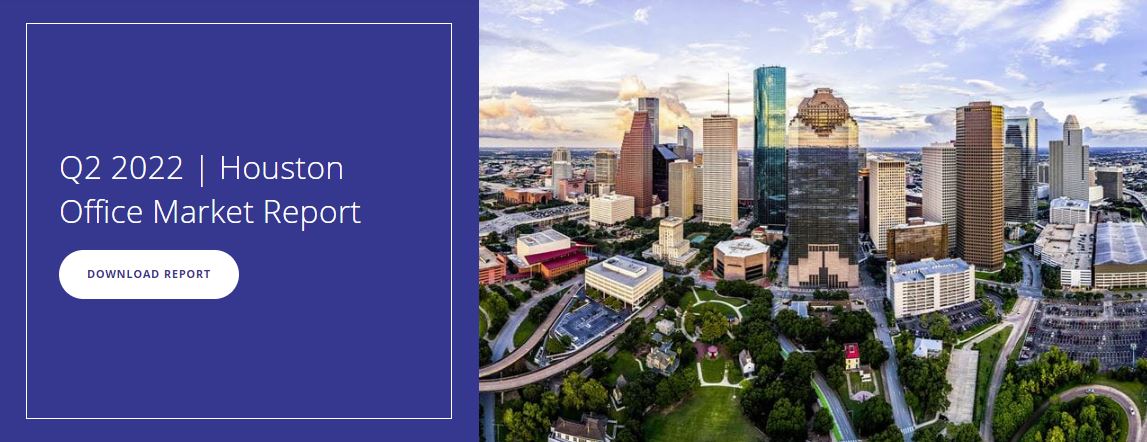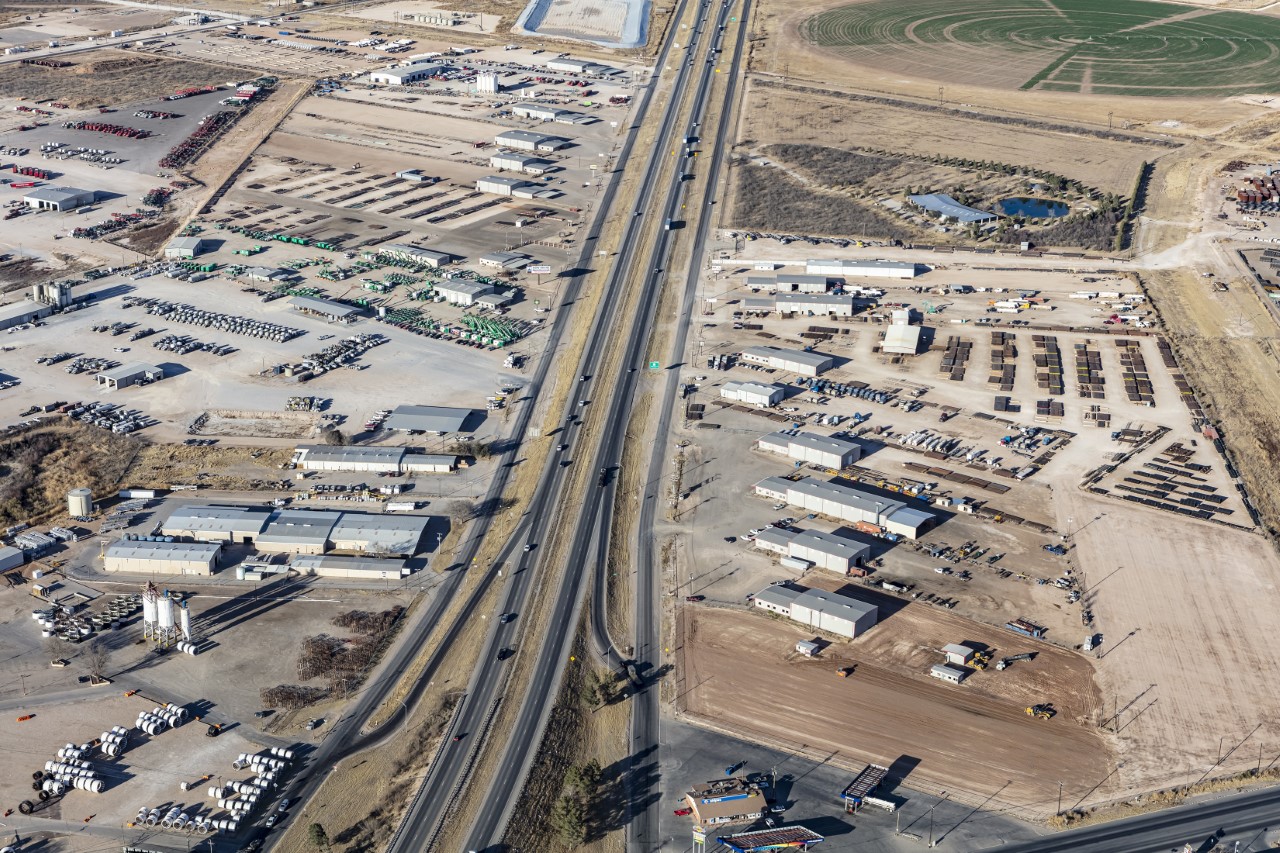When the Federal Reserve last month raised interest rates by three-quarters of a percentage point, it ranked as the agency’s most aggressive such hike since 1994.
The Fed made this move to combat inflation. But commercial real estate pros worry that rising interest rates could scuttle deals that were set to close but might no longer make sense now that rates are high.
How has this impacted commercial real estate deals so far? It’s still early, but CRE pros say they are keeping a close watch on deals in progress. Many are still closing, they say, but others will certainly crumble.
The consensus, though, is that interest rates have the possibility to slow the momentum that commercial real estate enjoys today, if the Fed is overly aggressive in boosting interest rates.
“I agree that a 50-basis-points to 75-basis-points increase is appropriate, but the Fed needs to be careful not to overcorrect,” sadi Joshua Simon, chief executive officer of SimonCRE, in a statement. “Inflation is going to be a lagging indicator that needs to be watched. They will need to raise rates, but at some point, they need to wait to see the results before enacting more increases. There has been major fallout already within transactions and further investments will be delayed.”
In his statement, Simon said that Fed reacted late in its efforts to combat inflation. This means that it must now enact larger rate hikes to make up for their earlier inaction.
“This means we should see a slowdown in activity to some extent, primarily in floating-rate deals,” Simon said. “Construction will have to slow down.”
A shock to the system
Hal Collett, chief operating officer with the Minneapolis office of Colliers Mortgage, said that it was unrealistic to expect interest rates to remain as low as they had been. Such low rates were unprecedented.
But that doesn’t mean that such a sudden rate hike by the Fed doesn’t hurt, he said.
“It is a bit of a shock to the system,” Collett said. “We all anticipated that we wouldn’t be at all-time low interest rates for the rest of our lives. But it is shocking how quickly they moved.”
As Collett says, Colliers Mortgage uses the 10-year Treasury to price many of its deals. That rate more than doubled after the Fed’s move.
“That was a bit of a shock,” Collett said. “The cost of capital went up. Refinance activity that might have been in place suddenly went away.”
Dan Trebil, managing director and senior vice president with the Minneapolis office of Northmarq, said that commercial real estate boasts some advantages that should help keep the deals and financing requests flowing, even with higher interest rates.
As Trebil says, investors still need to put their money somewhere, and commercial real estate remains a favored investment type.
“The good news is, there is still a lot of money out there,” Trebil said. “Real estate fundamentals are still good. People’s properties are still operating well. A quick run-up in interest rates like this has put the brakes on some refinances that might have made sense before but don’t make sense now. But there is still demand for commercial real estate.”
Trebil, though, is realistic. He says that the rising rates have caused some investors who were ready to acquire new properties to pause their plans. These investors are waiting to see the full impact higher interest rates might have on commercial real estate.
“There is a price discovery going on now between buyers and sellers, and lenders, too, on where to price debt now that rates have risen,” Trebil said.
Collett describes the commercial finance market as a bit more tempered today than it was before the Fed made its big move.
“People have had to recalibrate,” he said. “It has slowed down a little. It’s not as frothy as it was. But there is still a lot of business getting done out there.”
Collett said that how investors view today’s higher interest rates might depend on how they long they have been sinking their dollars in commercial real estate. As he says, the last 10 to 15 years of lower interest rates has been the anomaly. Today’s higher rates? They are closer to the historic norm.
Again, though, it’s been the suddenness of the jump in interest rates that has spooked many investors.
“Interest rates of 2% or 2.5% on big commercial deals is not normal,” Collett said. “People are just surprised when it goes from 2.5% to 4.5% within 90 days. You would’ve loved to have seen the Fed get ahead of inflation and raise rates naturally. That way, there would have been no shock to the system. But that didn’t occur. The shock of the sudden increase sent people spiraling for a minute.”
Financing requests still coming in
With that being said, Northmarq remains busy, and commercial financing requests continue to roll in, Trebil said. And Trebil said that he expects this to continue.
“It goes back to the fact that people still view real estate as an attractive asset class,” Trebil said. “A lot of money is still available out there.”
At the same time, commercial real estate remains a safe place for investor dollars. This is especially true with the multifamily and industrial sectors. But Trebil said that more financing requests are coming in for hospitality assets today, too. He’s even seen an increase in requests for retail properties.
The office sector? That one still faces plenty of uncertainty, Trebil said. And because of that uncertainty, there aren’t as many financing requests today for office investments or new developments.
“A lot of the questions about office are still there,” Trebil said. “But a lot of properties are working through that as tenants’ leases expire. They are resizing. Their space needs might or might not have changed. As companies work through that, there will be less unknowns about this sector. The big question is what those tenants who signed office leases before COVID will do now that their leases are coming up for renewal. Will they take 50% less space? Will they stick with what they have?”
Even with office’s challenges, Trebil sees plenty of positives in the commercial financing business. He said that the progress he’s seen in the hospitality industry is especially impressive.
“We weren’t talking about hotels at all a year ago, except as problems,” Trebil said. “The hospitality market is doing surprisingly well today. We are also seeing more financing requests for manufactured housing and self-storage. We are seeing a much broader spectrum in terms of the property types we are working with.”
Still, multifamily and industrial continue to account for the majority of financing requests today, Trebil said. And that doesn’t look to change any time soon.
Trebil said that multifamily remains especially strong, even in markets such as Minneapolis in which monthly rents haven’t been soaring quite as much.
“The rental market has been really strong,” Trebil said. “Minneapolis doesn’t have the same kind of apartment rent growth as you see in a lot of other markets across the country. A lot of markets, especially down south, are seeing huge rent increases on a year-over-year basis. We don’t see those big numbers, but we are still an attractive market. We are a stable, steady multifamily market.”
Collett agrees that multifamily and industrial remain the biggest draw for financing dollars. He said, too, that healthcare and seniors housing are also generating a greater number of financing requests today.
In little surprise, Collett agreed that financing requests for the office sector were coming in at a far slower pace.
While many big companies are demanding that employees come back to the office, there is still no consensus on whether workers will comply. Collett said that this approach will work for some major companies, but others might lose employees who find jobs that offer more flexible working conditions.
“Flexible schedules are here to stay,” Collett said. “That will impact the demand for office space. Multifamily, industrial, seniors housing and healthcare remain the best investments. They have been the best investments for the last five years.”
The hot housing market has boosted demand for multifamily assets, Collett said. Single-family home prices continue to rise. Renting for an extended period, then, makes financial sense for many. And because of this, developers are building more apartment developments and investors are gobbling up these assets as monthly rents rise.
“Back in the day, people would get married, get a house, have 2.5 kids and get a dog,” Collett said. “That’s no longer the case. People wait longer to get married. They want to live near places with lots of amenities. They want a short commute to work. It’s all led to more demand for multifamily. From an investment perspective, multifamily is a very attractive option. It holds up very effectively.”
Industrial is thriving today, too, and the requests for financing to fund projects and acquisitions in this sector continue at a steady pace. Collett said that he expects this sector to remain hot throughout the rest of this year and into 2023.
“Industrial is a resilient asset that comes at a reasonable cost,” he said. “You don’t have a lot of overhead like you do with office assets. Industrial is an efficient investment. There are plenty of opportunities for investors in the industrial side.”
When considering financing requests, and whether to approve them, Northmarq looks at several factors, Trebil said. Some of this has changed now that interest rates have risen. As Trebil says, depending on the financing source, it’s no longer possible to always get to 75% or 85% leverage on deals.
“We are recognizing that we might not be able to get to the same dollar amounts because of where interest rates are,” Trebil said. “One of the factors we have to consider, then, is if the dollar amount being requested is realistic.”
Otherwise, Northmarq still considers the same basic factors when evaluating financing requests: How strong is the sponsor and is the project being acquired or developed in a quality location?












